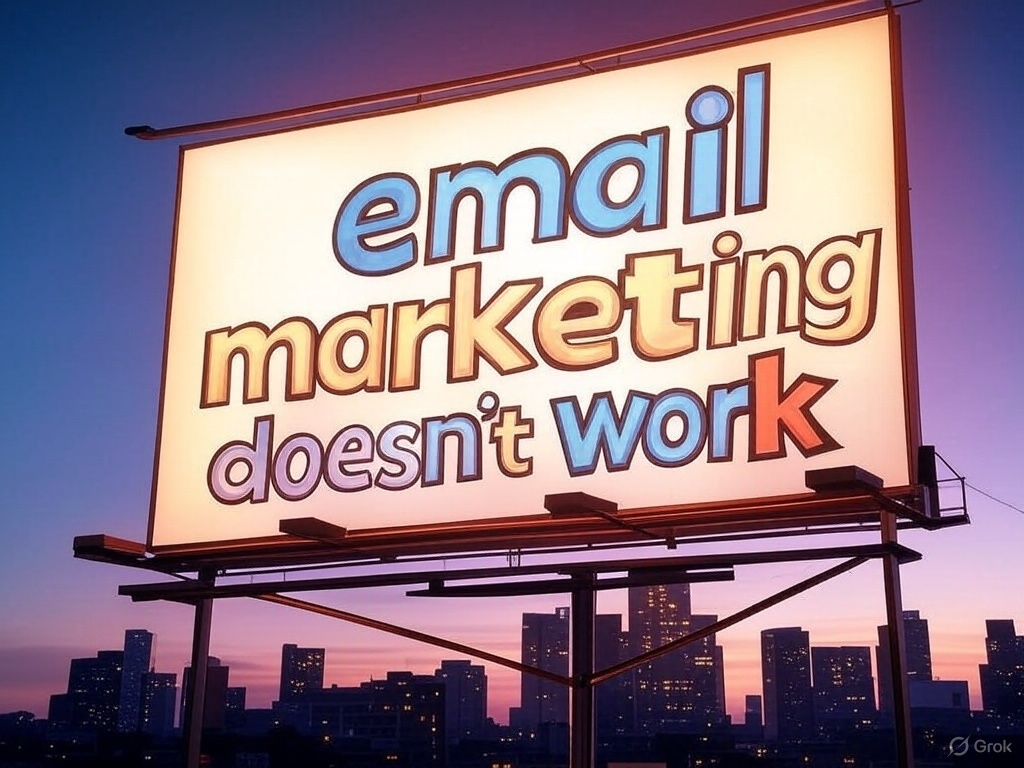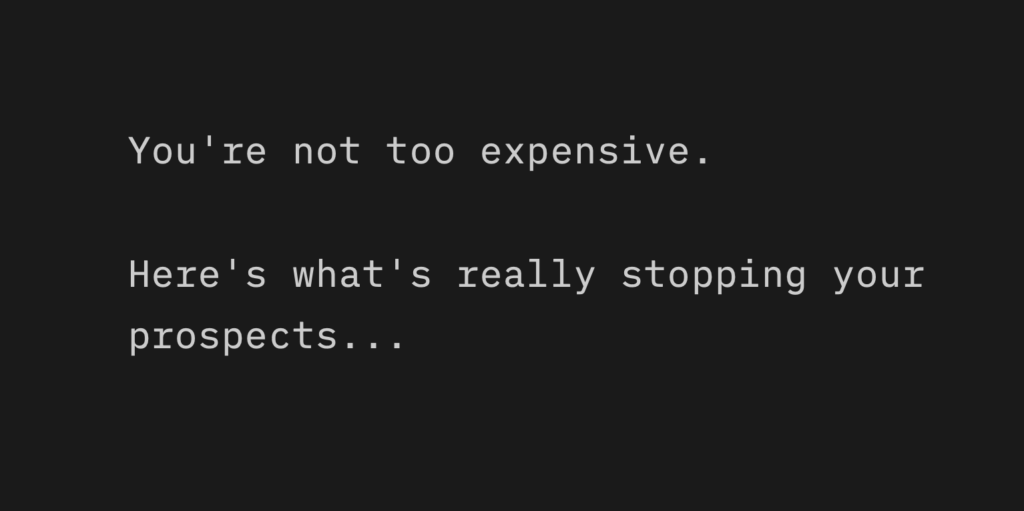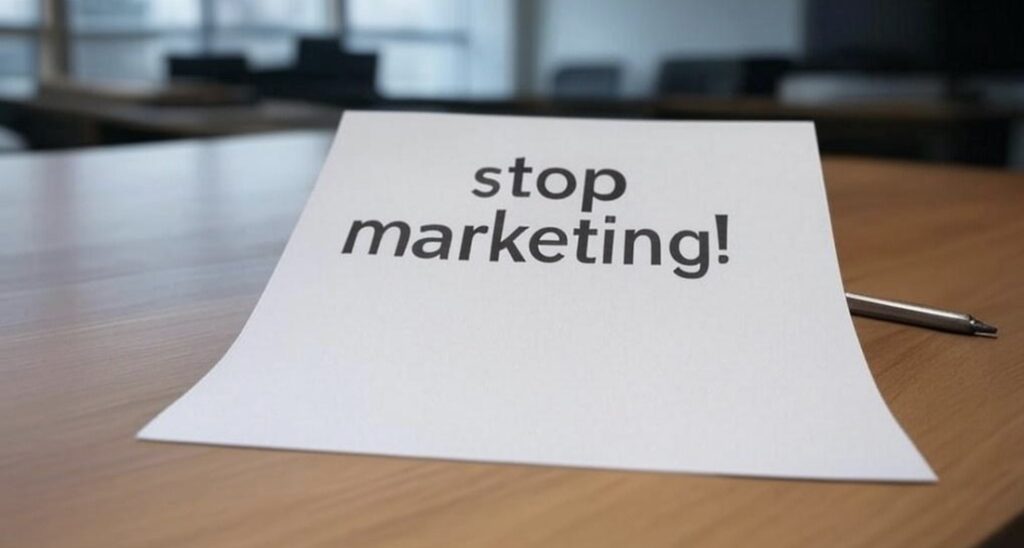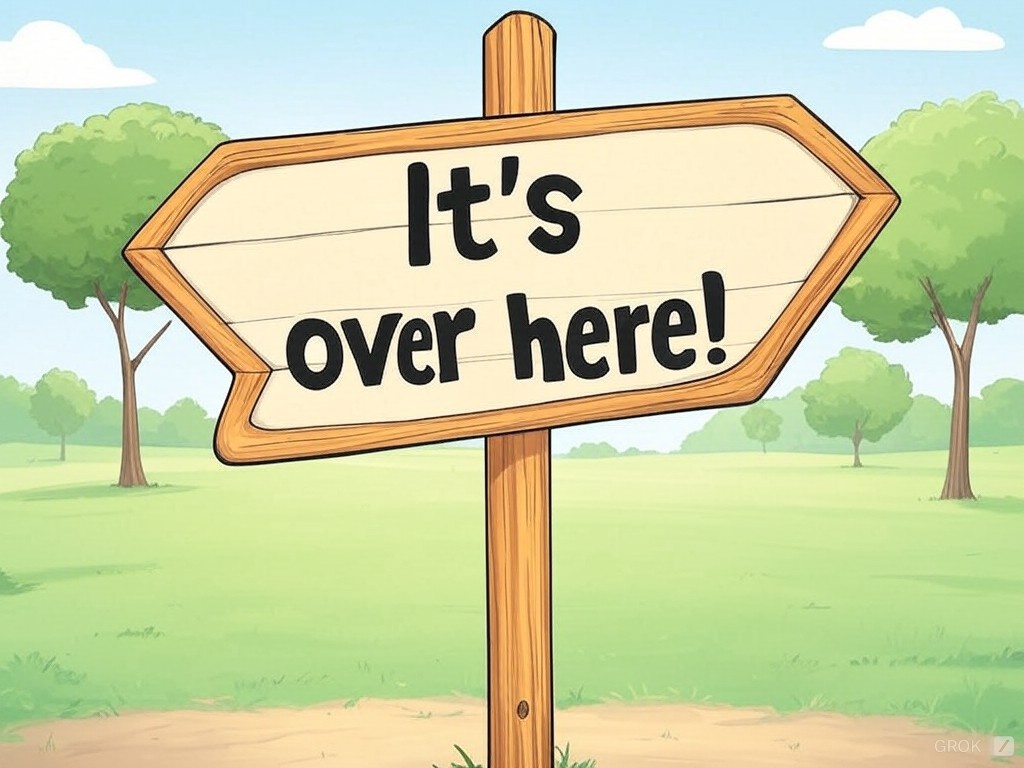
One of the quickest ways to improve your results, is to spot and fix the tiny things that can make a big difference to your business.
Here are some ideas to quickly get you started.
Sham spam
In 2024, I almost lost two, high-quality enquiries from people who became new clients. It was down to what I call sham spam.
Here’s what it is and how to avoid it.
Yes, I know you check your spam email folder. I’m specifically referring to the anti-spam folder on your website, designed to filter spammy messages from reaching you. Genuine business contact form enquiries are sometimes wrongly filtered as spam and you never see them. I learned this one the hard way! It doesn’t happen often, but often enough to justify checking occasionally.
Why not check your spam folder after you’ve finished reading this? It takes very little time.
Customer connections
Regularly make time to connect with at least one of your clients. This incudes former clients. Not to sell them something. Simply to ask how they’re doing and catch up with them. Business relationships become stronger, when they’re based on more than just selling.
Ongoing communication with your clients also helps you to better understand their challenges, their needs and their wants. This understanding makes it easier and less risky, for you to successfully create new services or products.
Pathway planning
If you don’t know where you’re going, every path will take you there. That’s unproductive. It scatters your focus. It leads to dead ends. It’s also why I recommend you plan your days, your weeks and your months in advance.
After all, how can you know if things are going according to plan, if you don’t have a plan?
Flakey forms
This idea takes no time and might stop you from losing important sales enquiries. Go to your website and make sure your contact forms and subscriber forms are working. Often, a form will look perfect when it’s not functioning correctly. So, test your forms by filling-in the required information and make sure everything is okay. It only takes a few minutes, but it could help you avoid missing-out on valuable leads or new subscribers. This is especially the case, whenever you update the software on your website or have any work done on it.
I hope you found these ideas useful. If you did, remember to share them with your friends.


































